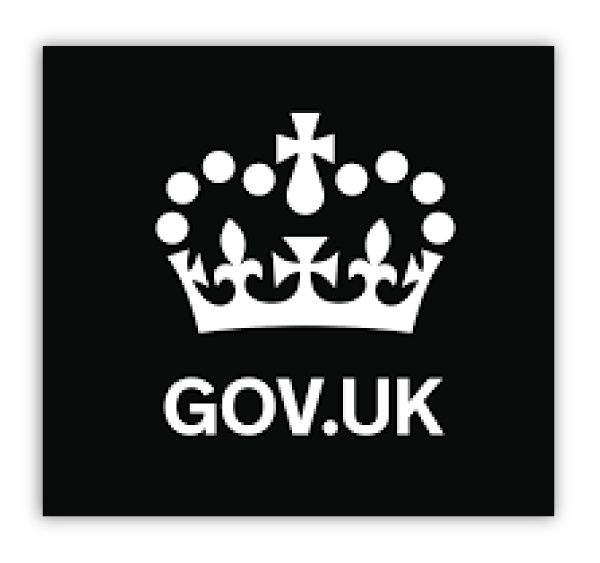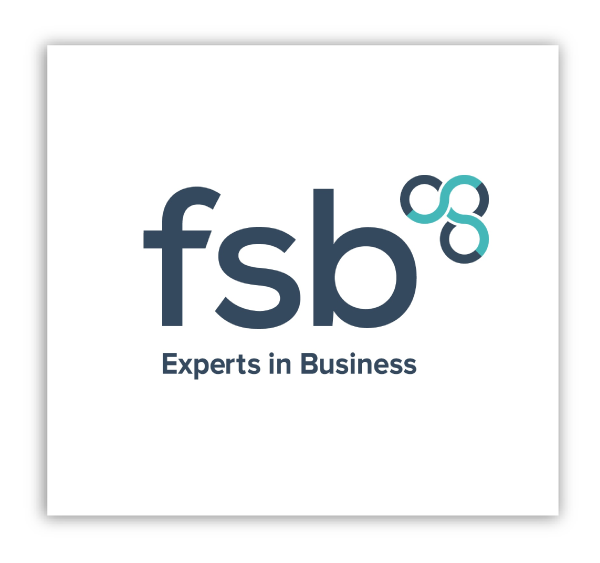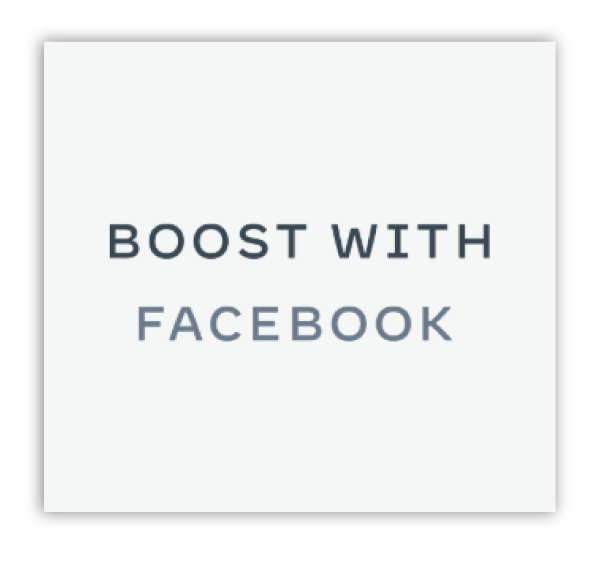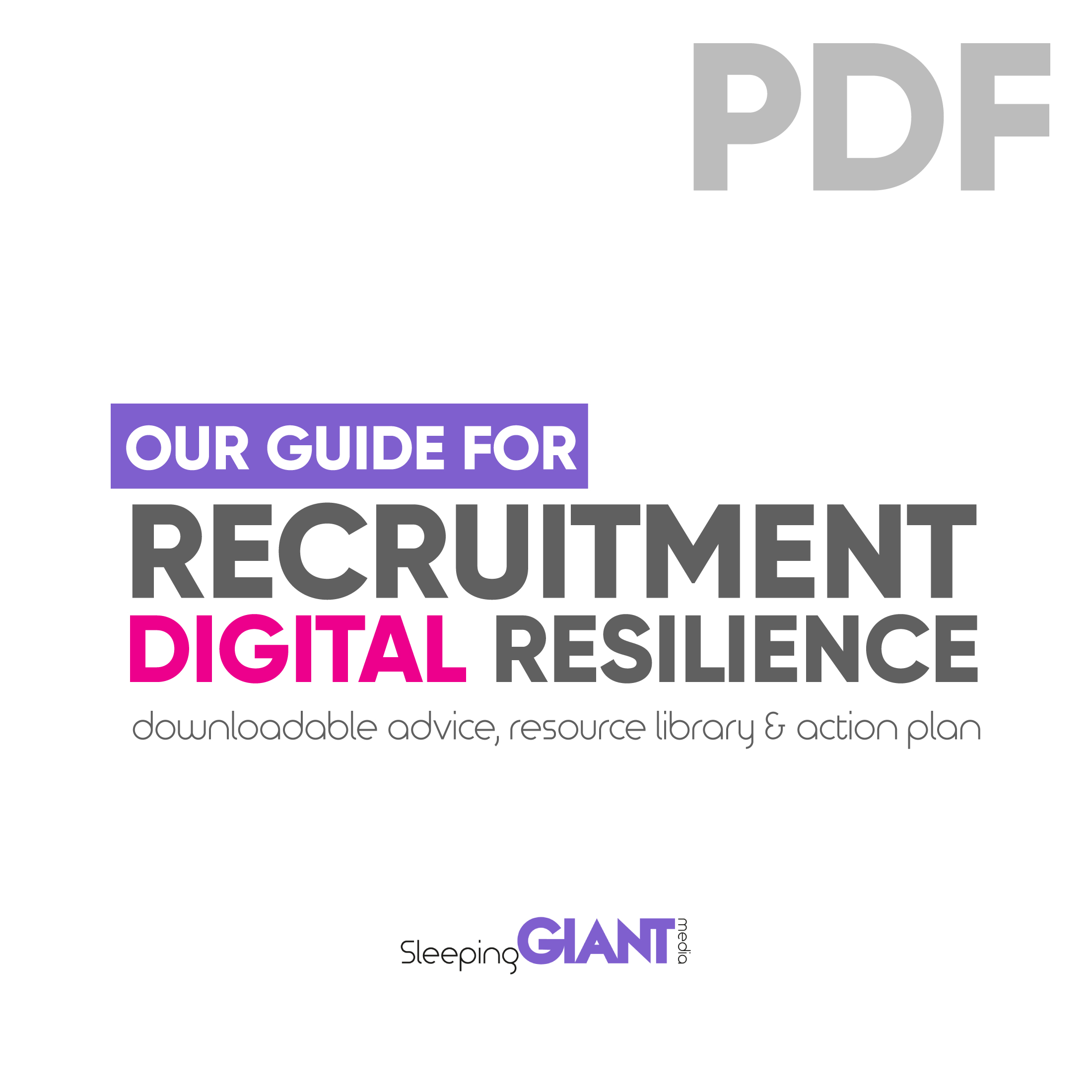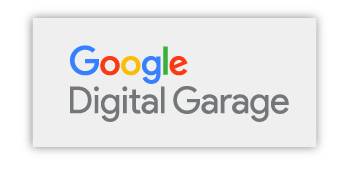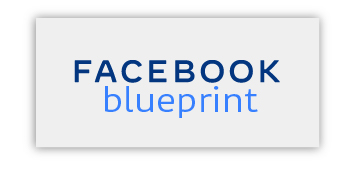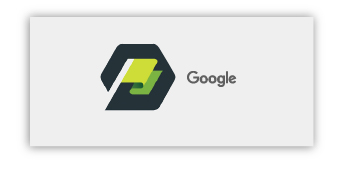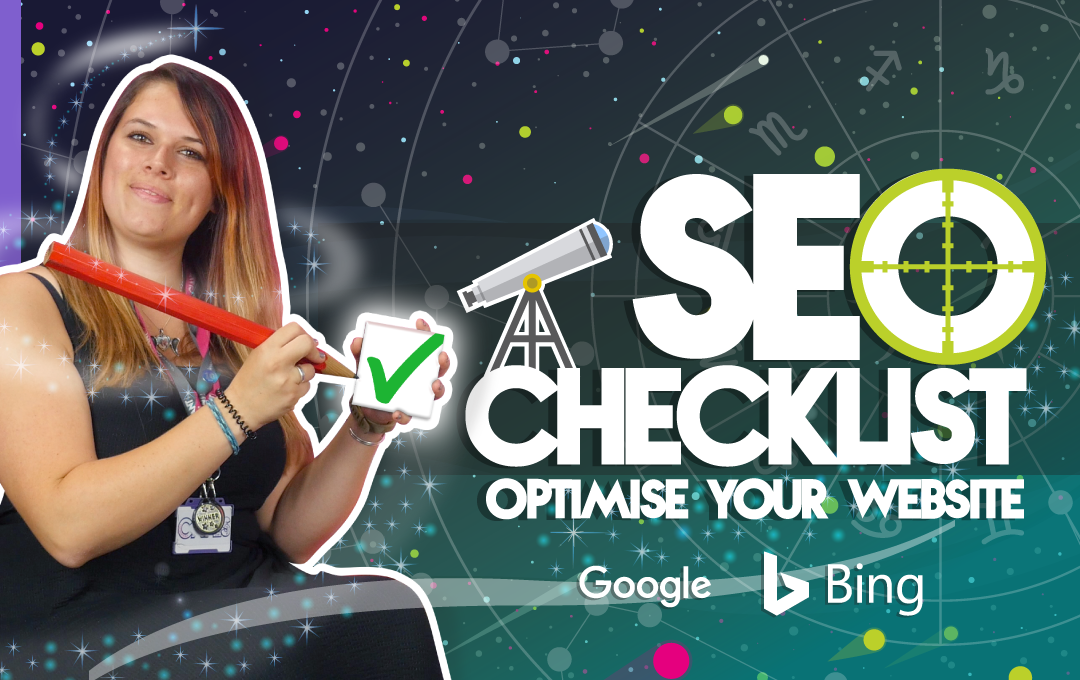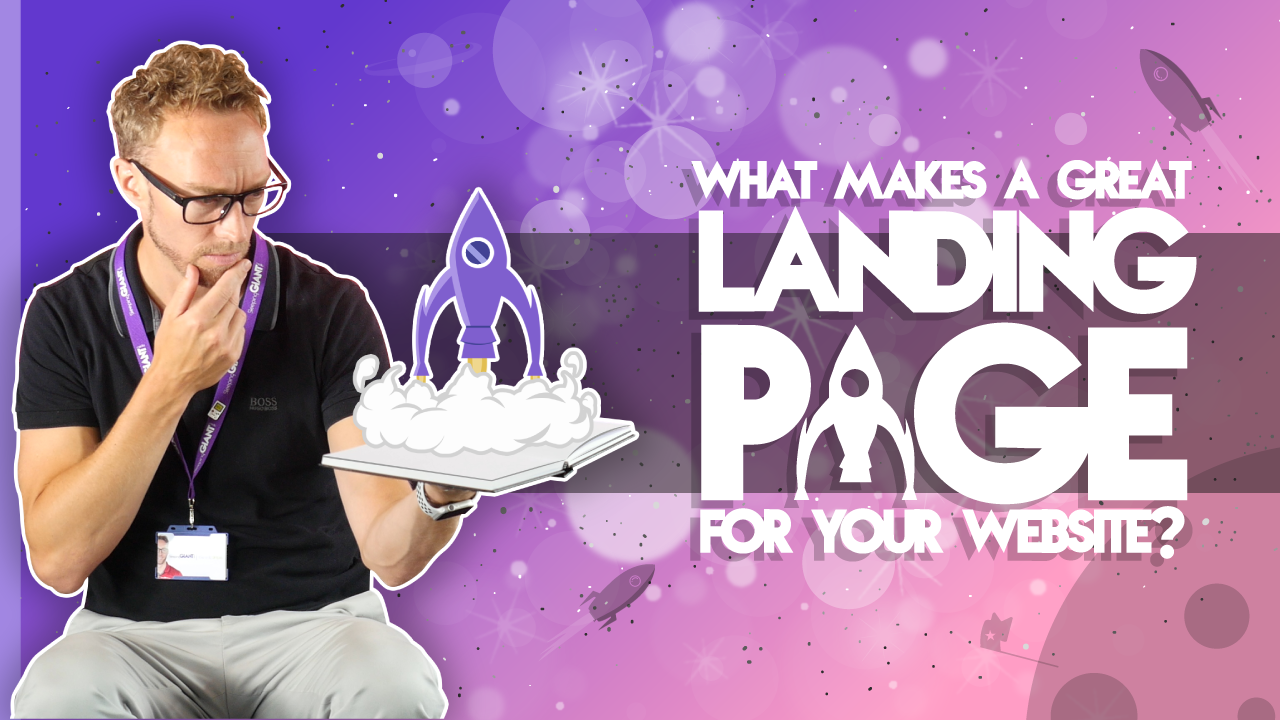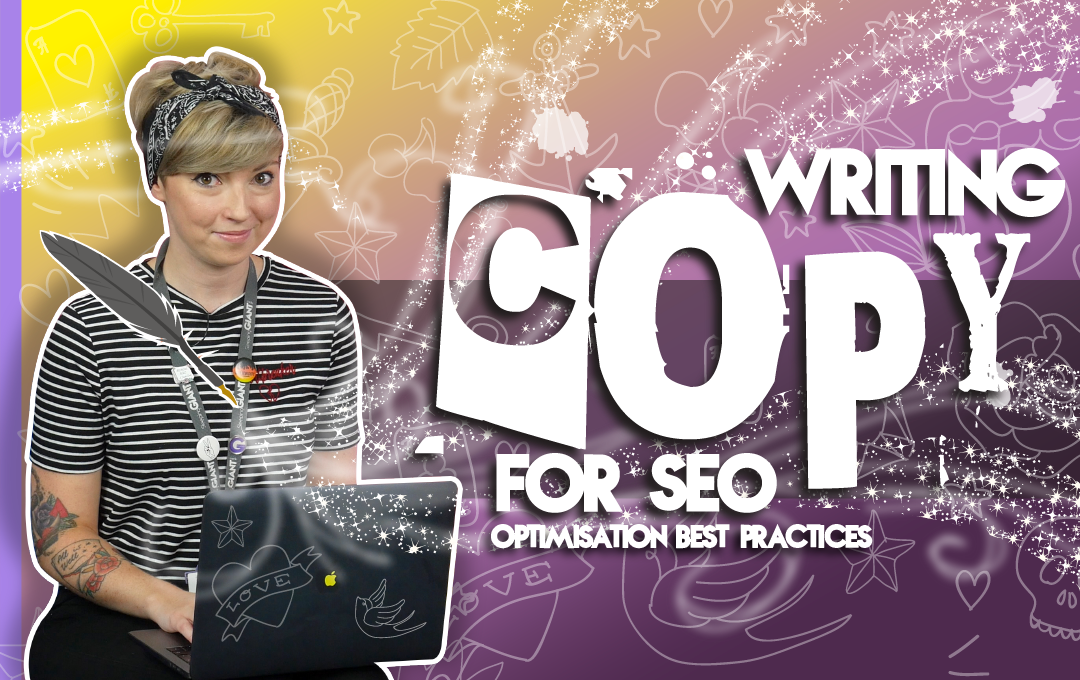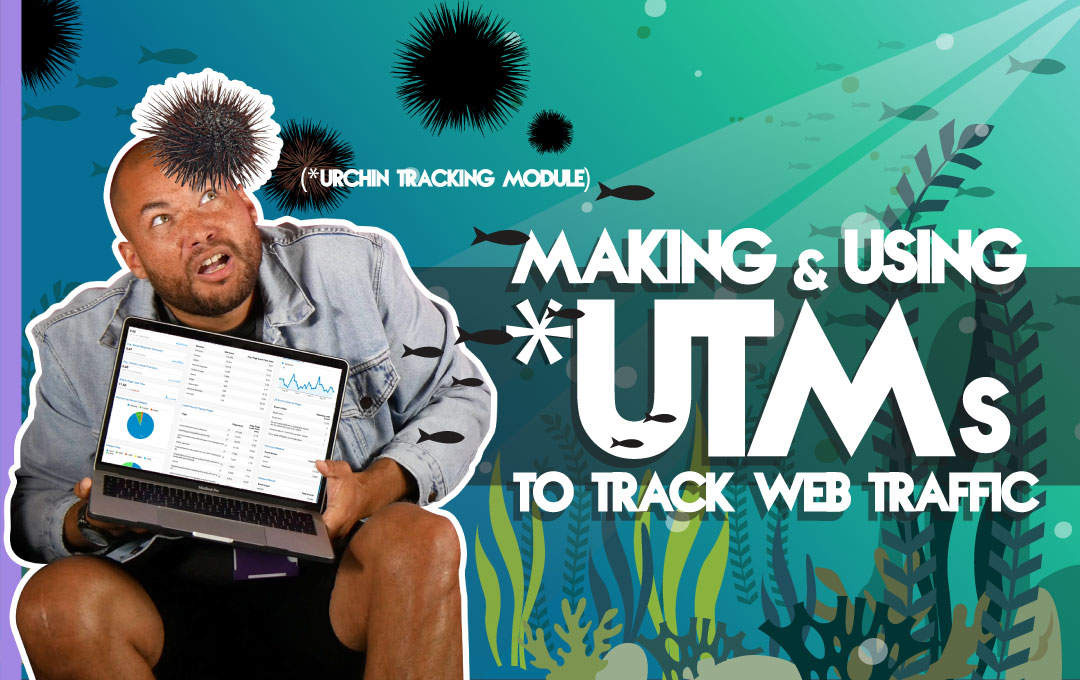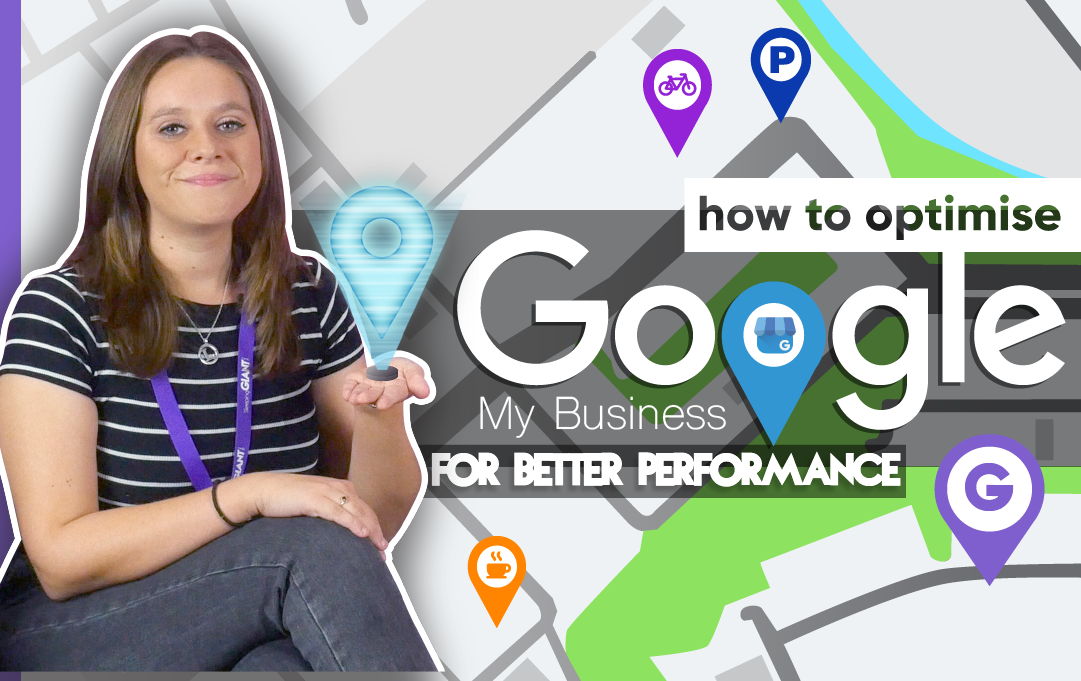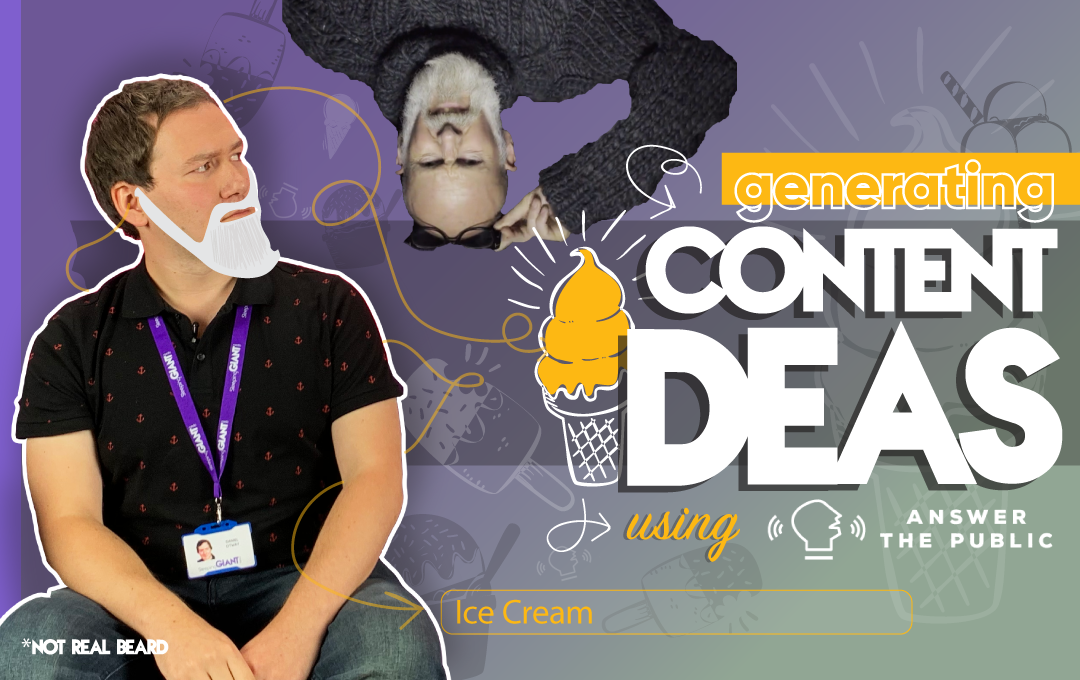Our Digital Resilience Guide
For Recruiters
How Recruiters Can Prepare & Respond to Declines From Pandemics
Our Digital Resilience Guide
For Recruiters
How Recruiters Can Prepare & Respond to Declines From Pandemics
Home >
This pandemic has swept across the world so fast, that it isn’t really a surprise businesses have had to react quickly.
A massive part of the reaction is ensuring they have enough cash in the bank to pay the bills and ultimately survive. A big cost to any business is, of course, it’s people, and this will have an effect on recruiters, employers and potential employees alike.
Confidence amongst the public is low, and this is often reflected in purchasing and buying decisions. Both B2B and B2C markets have been affected by supply chains and staffing issues, providing businesses with a series of challenges that only seem to be growing.
It might seem that everything is all doom and gloom with the media full of all sorts of tales and scaremongering, but we’re here to help suggest how digital marketing and social media can help build some resilience in your business
During this time you might need to adjust and re-evaluate your goals and objectives for your marketing. It may need to shift its focus from the bottom of funnel activity, ie those conversions and sales, to top of funnel activity, such as brand awareness and interest. This change of goal is much more realistic in the current climate, and will give you some attainable objectives. Putting you on the front foot and in a better position when business picks up again.
With all of that in mind, we have put together this resource, showing you how to do it yourself with education and resources, and being available to give your business more momentum by pulling in a team of our experts.
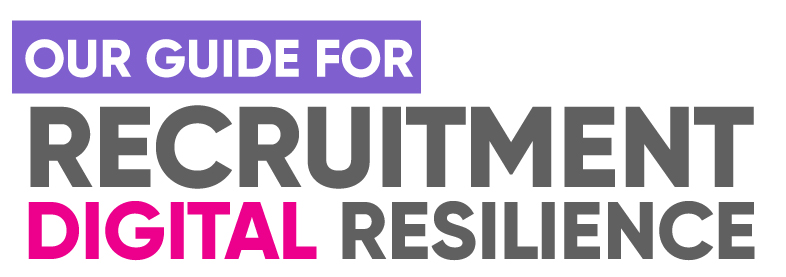
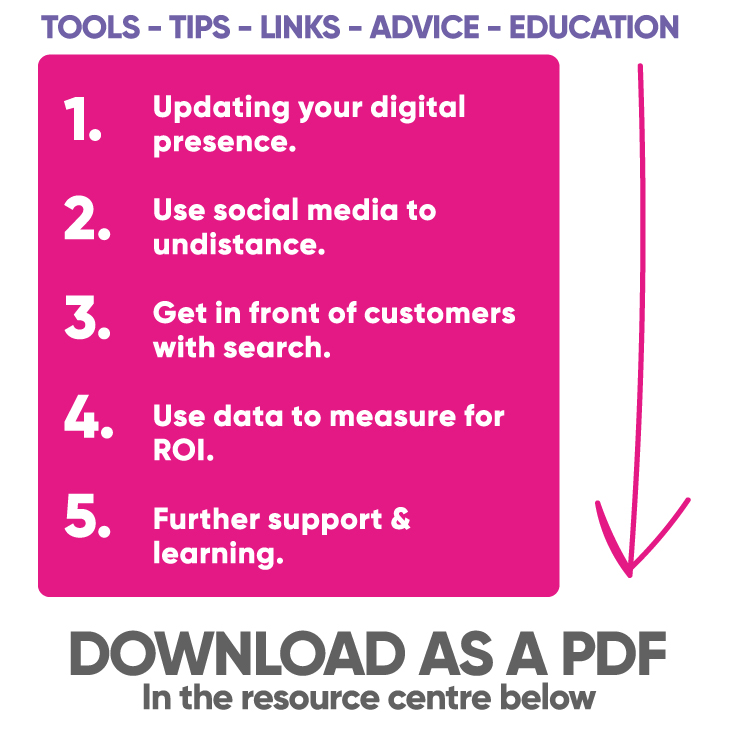
We’ve tailored our digital marketing solutions so there’s availability for all business types, sizes and objectives.
Get in touch today to find out what we can do for you:
01303 240715 | hello@sleepinggiantmedia.co.uk
1.) Making sure your digital presence is up to date & optimised 📅
Social media and digital connectivity through the likes of websites play a GIANT part in our day-to-day lives, in fact… it’s probably how you’re consuming most of your news around this current pandemic.
During moments of national significance, digital communications and social media play a big part. So, be where the people are.
It’s time to update your website with relevant information, products, services and content. If anything, to help inform customers it’s very much business-as-usual your end, but as well to make life a little easier for your business.
Updating content regularly on your website tells Google that you’re still around too, and it can help to rank your website on search engines accordingly.
Link your social media accounts to your website and ensure the information about your company matches up between your social presence and website. For example, if your website says open 9-5, your Google listing says 8:30-5, and your social media’s not been posted on since July 2018, then people are going to get confused and move elsewhere.
The same is true for spellings of your address and the format of your telephone number or contact details. Make it so easy a toddler could get in touch with you or understand what you do. Consistency of your name, address and phone number across the internet is also a direct ranking signal for local SEO, so make sure it’s up to date everywhere.
If you haven’t already, then set up and optimise a Google My Business account! This tells Google that you’re a real business, and benefits your local SEO in a GIANT way when someone’s searching for local services. With an emphasis on looking to support small local businesses at this current time, you want to be found.
If your business has a physical location, updating your opening hours to say ‘closed’ is an obvious step, but bear in mind that you still want people to know you’re in business and operating online or via the phone. Back up the opening hours with a new description to let them know (make sure it’s keyword optimised!) or even create a post to share on your GMB page that explains your new way of working. Both are great options for local SEO but also providing much needed information to your customers.
3.) Using Google to get in front of customers at the right time 💰
What’s better than getting in front of people with your services, when they’re actually at that moment when they are looking for a job or starting to recruit again?
When somebody wants something, the first thing they normally reach for nowadays is their laptop, jumping straight onto Google. And with Google representing 98% of the market share, it makes sense to run some of your very own Google Ads!
Google Ads allows you to design your adverts to only show in certain geographical locations or for certain search terms, allowing for some super-specific targeting. These don’t have to be expensive or difficult to run either.
Although right now running ads doesn’t seem like a clever idea, it is a good opportunity to think ahead and to do the research on keywords and potential search queries to make sure you and your brand are front of mind.
Use paid Google Ads now to push content and solutions, not just sales and sign ups, whilst setting up PPC and display campaigns for the future. Then, when things return to normal, you are in a great position against some of your competitors. Many advertising campaigns would have been paused or dropped completely, so take this time to plan campaigns and to get the wheels in motion before you need them.
Google Ads can be a simple PPC (pay per click) campaign, where you can create adverts that can appear at the top of search engine results pages for a specific search term and location. Every time someone clicks through to your website, you pay a cost. That cost is dependent on a few things, but ultimately the real time nature of it all means you can monitor, pause or boost your ad depending on its performance – allowing you to always stay on budget, or to pull back if you’re not happy.
Another way of advertising on Google is through the Google Display Network. This allows you to create visual adverts that can display on various locations around the internet – such as other peoples websites. You can get clever with them too, showing a specific advert to those who’ve already visited your website, showed intent to purchase but then abandoned their basket. This is called remarketing and allows you to catch them whilst you know they’re still somewhat interested.
Google has some great free tutorials and advice for setting up and checking the success of your Google Ads through platforms like Google Digital Garage.
5.) What training is available to help me learn digital marketing for business? 🧠
Like everything in life, there is only so much we know. And the stuff we do know, we have learnt and mastered over time. The same is very true in digital marketing. It might seem a little overwhelming at times but we can assure you that it isn’t once you get the hang of it. Look how much we have learnt already!
The big boys like Google and Facebook have their own elearning platforms, Google Digital Garage and Facebook Blueprint (with the former being written by our very hands).
The best way to get answers is by looking for others experiencing similar limitations or issues as you. Search online, watch YouTube videos and ask colleagues and friends. Physical and online workshops and training sessions with marketing professionals can give you the confidence you need to go ahead and start making some campaigns online.
The main thing here is to be intrigued enough to motivate you to learn more. Because, after all, if we don’t learn to evolve, we won’t evolve – and it’s safe to say sitting still isn’t going to work right now.
2.) Using social media to drive sales & build communities 🤳
Social media has fantastic reach and engagement levels at the moment as people get online and business content slows down. Social also allows you to target content and adverts at specific audiences through things like their likes, interests, where they’ve visited, if they’re recently married, where they live and so on.
Getting specific with the way you use social media is the difference between shouting your message into the ether, or whispering your message directly into the ear of someone already interested. It makes a GIANT difference.
Overall presence is key, producing varying content types that either entertain or educate your audience. Think about their motivations and pain points and produce content that reflects this and answers their concerns.
Represent the business across social media with people and with personality, not logo and graphics. Trust is an important factor in this sector and landscape, and the personable approach is always the best one. Authenticity is king.
Facebook and LinkedIn groups offer great insight into how communities are feeling, as well as creating a community that can support itself. Engagement is at its highest currently within Facebook communities so there are some great opportunities to be had there that others aren’t necessarily catching onto yet.
Try and build trust by creating the content that answers questions people are asking right now. Google the question and see who is answering it… could you appear there? Take a look at the likes of Google Trends or Answer The Public to see what’s trending and what people are searching for.
Could you create a community of people who have been laid off offering transferable skills and jobs? This could lead to group members creating user-generated content such as the ‘Covid Redundancy Diaries’. These communities could outreach to businesses who need more support as the recovery begins, because when we fully hit the recovery stages of this pandemic, business will need to bounce back with limited staff numbers. Providing value and support now will increase the likelihood of them contacting your services when business resumes.
When it comes to social media right now:
- Speak to some people, don’t shout to all.
- Think outside the box (cliche but true), and,
- Soothe your audience’s pain points.
Finally what about how you distribute your content? You might think you know the best time and best platform for your content, but be prepared for that to have changed. Audiences’ time online has shifted massively, as has the time frames they are willing to consume content for and how they engage with it. Don’t be scared to talk shop outside of work hours, or test new platforms.
Another thing to consider are the hashtags you use. Are people still searching or following these? What trends are people following? Be careful you don’t fall into the trap of using the #COV-19 hashtag for the next 3 months… again, put yourself in your audience’s shoes. Consider the motivations for a user on social media.
They aren’t necessarily looking to buy when they’re scrolling, but to be entertained or to learn something new – but if you’re clever, you can catch their attention and build great brand value.
4.) How to measure, track and refine your efforts to achieve digital marketing goals 📊
The power of digital marketing is the information and data we have at our fingertips. It can give us great insight into the behaviours of our customers, as well as the individual success of our campaigns and overall website.
In light of the recent changes to the world, you might want to take a look at your ‘success metrics’ now. What determines a ‘win’ in the current climate for you? Assessing performance against year-on-year or even month-on-month is not going to show the truest picture at this point in time. Use data responsibly to gauge and measure the success of your efforts.
The first thing you need to do is to make sure you have a Google Analytics tag set up on your website. This is as easy as asking your developer to do it, or by looking at the videos available from Google themselves. It isn’t as scary as it looks or sounds, honestly.
Simple metrics help you to determine the success of your adverts and website performance. And, in the current situation we’re all in, whatever competitive edge you can get will give your business an advantage. An understanding of where users drop off your website – is it your product? The descriptions? The photos or maybe even the price that’s putting them off?
Learn which social media channels are driving the most traffic, and then which channels are driving the most conversions on your products or services. See what pages they’re looking at, how long they’re on there and then plan to do more of those good, proven things.
Google Analytics can also provide you with some real-time information on the success of your ad campaigns. Setting up simple goals allows you to track things like how many times certain buttons were clicked, forms were filled or pages were visited – all of which are presented to you in an easy to understand way, informing your future marketing efforts’, and confirming if your efforts worked.
The use of UTM’s (urchin tracking modules – tracking applied to every link going to your website) is important for you to break down exactly which post from high platform drove traffic and conversions through your website. The more you know, the more you can refine making your overall efforts more effective. And believe us, it’s not time-consuming at all.
Continue reading 👇
We’ve included some digital skills educational based videos below for you to kickstart your digital business optimisation…

This pandemic has swept across the world so fast, that it isn’t really a surprise businesses have had to react quickly.
A massive part of the reaction is ensuring they have enough cash in the bank to pay the bills and ultimately survive. A big cost to any business is, of course, it’s people, and this will have an effect on recruiters, employers and potential employees alike.
Confidence amongst the public is low, and this is often reflected in purchasing and buying decisions. Both B2B and B2C markets have been affected by supply chains and staffing issues, providing businesses with a series of challenges that only seem to be growing.
It might seem that everything is all doom and gloom with the media full of all sorts of tales and scaremongering, but we’re here to help suggest how digital marketing and social media can help build some resilience in your business
During this time you might need to adjust and re-evaluate your goals and objectives for your marketing. It may need to shift its focus from the bottom of funnel activity, ie those conversions and sales, to top of funnel activity, such as brand awareness and interest. This change of goal is much more realistic in the current climate, and will give you some attainable objectives. Putting you on the front foot and in a better position when business picks up again.
With all of that in mind, we have put together this resource, showing you how to do it yourself with education and resources, and being available to give your business more momentum by pulling in a team of our experts.

1.) Making sure your digital presence is up to date & optimised 📅
Social media and digital connectivity through the likes of websites play a GIANT part in our day-to-day lives, in fact… it’s probably how you’re consuming most of your news around this current pandemic.
During moments of national significance, digital communications and social media play a big part. So, be where the people are.
It’s time to update your website with relevant information, products, services and content. If anything, to help inform customers it’s very much business-as-usual your end, but as well to make life a little easier for your business.
Updating content regularly on your website tells Google that you’re still around too, and it can help to rank your website on search engines accordingly.
Link your social media accounts to your website and ensure the information about your company matches up between your social presence and website. For example, if your website says open 9-5, your Google listing says 8:30-5, and your social media’s not been posted on since July 2018, then people are going to get confused and move elsewhere.
The same is true for spellings of your address and the format of your telephone number or contact details. Make it so easy a toddler could get in touch with you or understand what you do. Consistency of your name, address and phone number across the internet is also a direct ranking signal for local SEO, so make sure it’s up to date everywhere.
If you haven’t already, then set up and optimise a Google My Business account! This tells Google that you’re a real business, and benefits your local SEO in a GIANT way when someone’s searching for local services. With an emphasis on looking to support small local businesses at this current time, you want to be found.
If your business has a physical location, updating your opening hours to say ‘closed’ is an obvious step, but bear in mind that you still want people to know you’re in business and operating online or via the phone. Back up the opening hours with a new description to let them know (make sure it’s keyword optimised!) or even create a post to share on your GMB page that explains your new way of working. Both are great options for local SEO but also providing much needed information to your customers.
2.) Using social media to drive sales & build communities 🤳
Social media has fantastic reach and engagement levels at the moment as people get online and business content slows down. Social also allows you to target content and adverts at specific audiences through things like their likes, interests, where they’ve visited, if they’re recently married, where they live and so on.
Getting specific with the way you use social media is the difference between shouting your message into the ether, or whispering your message directly into the ear of someone already interested. It makes a GIANT difference.
Overall presence is key, producing varying content types that either entertain or educate your audience. Think about their motivations and pain points and produce content that reflects this and answers their concerns.
Represent the business across social media with people and with personality, not logo and graphics. Trust is an important factor in this sector and landscape, and the personable approach is always the best one. Authenticity is king.
Facebook and LinkedIn groups offer great insight into how communities are feeling, as well as creating a community that can support itself. Engagement is at its highest currently within Facebook communities so there are some great opportunities to be had there that others aren’t necessarily catching onto yet.
Try and build trust by creating the content that answers questions people are asking right now. Google the question and see who is answering it… could you appear there? Take a look at the likes of Google Trends or Answer The Public to see what’s trending and what people are searching for.
Could you create a community of people who have been laid off offering transferable skills and jobs? This could lead to group members creating user-generated content such as the ‘Covid Redundancy Diaries’. These communities could outreach to businesses who need more support as the recovery begins, because when we fully hit the recovery stages of this pandemic, business will need to bounce back with limited staff numbers. Providing value and support now will increase the likelihood of them contacting your services when business resumes.
When it comes to social media right now:
- Speak to some people, don’t shout to all.
- Think outside the box (cliche but true), and,
- Soothe your audience’s pain points.
Finally what about how you distribute your content? You might think you know the best time and best platform for your content, but be prepared for that to have changed. Audiences’ time online has shifted massively, as has the time frames they are willing to consume content for and how they engage with it. Don’t be scared to talk shop outside of work hours, or test new platforms.
Another thing to consider are the hashtags you use. Are people still searching or following these? What trends are people following? Be careful you don’t fall into the trap of using the #COV-19 hashtag for the next 3 months… again, put yourself in your audience’s shoes. Consider the motivations for a user on social media.
They aren’t necessarily looking to buy when they’re scrolling, but to be entertained or to learn something new – but if you’re clever, you can catch their attention and build great brand value.
3.) Using Google to get in front of customers at the right time 💰
What’s better than getting in front of people with your services, when they’re actually at that moment when they are looking for a job or starting to recruit again?
When somebody wants something, the first thing they normally reach for nowadays is their laptop, jumping straight onto Google. And with Google representing 98% of the market share, it makes sense to run some of your very own Google Ads!
Google Ads allows you to design your adverts to only show in certain geographical locations or for certain search terms, allowing for some super-specific targeting. These don’t have to be expensive or difficult to run either.
Although right now running ads doesn’t seem like a clever idea, it is a good opportunity to think ahead and to do the research on keywords and potential search queries to make sure you and your brand are front of mind.
Use paid Google Ads now to push content and solutions, not just sales and sign ups, whilst setting up PPC and display campaigns for the future. Then, when things return to normal, you are in a great position against some of your competitors. Many advertising campaigns would have been paused or dropped completely, so take this time to plan campaigns and to get the wheels in motion before you need them.
Google Ads can be a simple PPC (pay per click) campaign, where you can create adverts that can appear at the top of search engine results pages for a specific search term and location. Every time someone clicks through to your website, you pay a cost. That cost is dependent on a few things, but ultimately the real time nature of it all means you can monitor, pause or boost your ad depending on its performance – allowing you to always stay on budget, or to pull back if you’re not happy.
Another way of advertising on Google is through the Google Display Network. This allows you to create visual adverts that can display on various locations around the internet – such as other peoples websites. You can get clever with them too, showing a specific advert to those who’ve already visited your website, showed intent to purchase but then abandoned their basket. This is called remarketing and allows you to catch them whilst you know they’re still somewhat interested.
Google has some great free tutorials and advice for setting up and checking the success of your Google Ads through platforms like Google Digital Garage.
4.) How to measure, track and refine your efforts to achieve digital marketing goals 📊
The power of digital marketing is the information and data we have at our fingertips. It can give us great insight into the behaviours of our customers, as well as the individual success of our campaigns and overall website.
In light of the recent changes to the world, you might want to take a look at your ‘success metrics’ now. What determines a ‘win’ in the current climate for you? Assessing performance against year-on-year or even month-on-month is not going to show the truest picture at this point in time. Use data responsibly to gauge and measure the success of your efforts.
The first thing you need to do is to make sure you have a Google Analytics tag set up on your website. This is as easy as asking your developer to do it, or by looking at the videos available from Google themselves. It isn’t as scary as it looks or sounds, honestly.
Simple metrics help you to determine the success of your adverts and website performance. And, in the current situation we’re all in, whatever competitive edge you can get will give your business an advantage. An understanding of where users drop off your website – is it your product? The descriptions? The photos or maybe even the price that’s putting them off?
Learn which social media channels are driving the most traffic, and then which channels are driving the most conversions on your products or services. See what pages they’re looking at, how long they’re on there and then plan to do more of those good, proven things.
Google Analytics can also provide you with some real-time information on the success of your ad campaigns. Setting up simple goals allows you to track things like how many times certain buttons were clicked, forms were filled or pages were visited – all of which are presented to you in an easy to understand way, informing your future marketing efforts’, and confirming if your efforts worked.
The use of UTM’s (urchin tracking modules – tracking applied to every link going to your website) is important for you to break down exactly which post from high platform drove traffic and conversions through your website. The more you know, the more you can refine making your overall efforts more effective. And believe us, it’s not time-consuming at all.
5.) What training is available to help me learn digital marketing for business? 🧠
Like everything in life, there is only so much we know. And the stuff we do know, we have learnt and mastered over time. The same is very true in digital marketing. It might seem a little overwhelming at times but we can assure you that it isn’t once you get the hang of it. Look how much we have learnt already!
The big boys like Google and Facebook have their own elearning platforms, Google Digital Garage and Facebook Blueprint (with the former being written by our very hands).
The best way to get answers is by looking for others experiencing similar limitations or issues as you. Search online, watch YouTube videos and ask colleagues and friends. Physical and online workshops and training sessions with marketing professionals can give you the confidence you need to go ahead and start making some campaigns online.
The main thing here is to be intrigued enough to motivate you to learn more. Because, after all, if we don’t learn to evolve, we won’t evolve – and it’s safe to say sitting still isn’t going to work right now.
Continue reading 👇
We’ve included some digital skills educational based videos below for you to kickstart your digital business optimisation…
Chat with us about digital
We are here to offer our advice free of charge If you want to speak to a member of our team about your current digital needs.
Please send us some details and we will arrange a virtual coffee date pronto to help any way we can.
Small Business Resource Library
Below is a selection of links to relevant websites and resources to help you with the likes of understanding your rights as a business and employee during times like these.
Digital Skills For Business Resource Library
Below is a selection of videos, blogs, whitepapers and other resources that can help you learn and implement digital best practice to help your digital presence.
Get Digital Marketing Updates Direct To Your Inbox
Just sign up today, fill in your details below.
Want results like these?
So, you’ve seen how we do it — and you know what we’re capable of. If your brand or business could benefit from results like these, get in touch with us today to unleash your potential.
Follow Us
Newsletter
Stay up to date with the latest news and stories straight from Giant HQ.
Contact Us
Top Floor, The Civic Centre, Castle Hill Avenue, Folkestone CT20 2QY.
Copyright © 2020 Sleeping Giant Media. All Rights Reserved.

